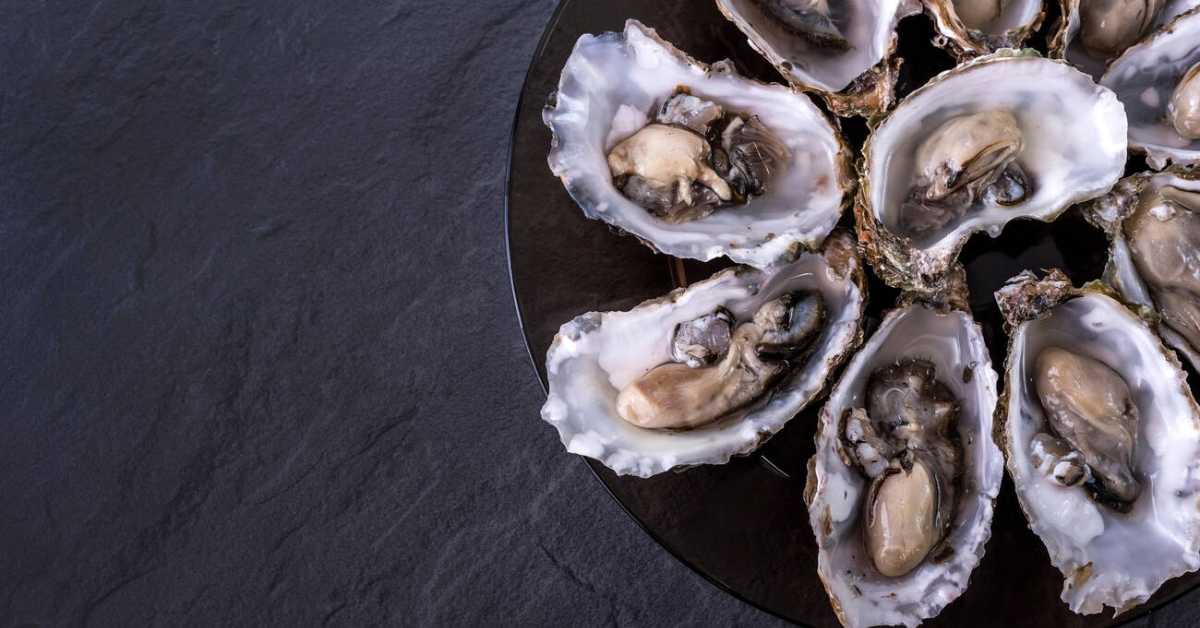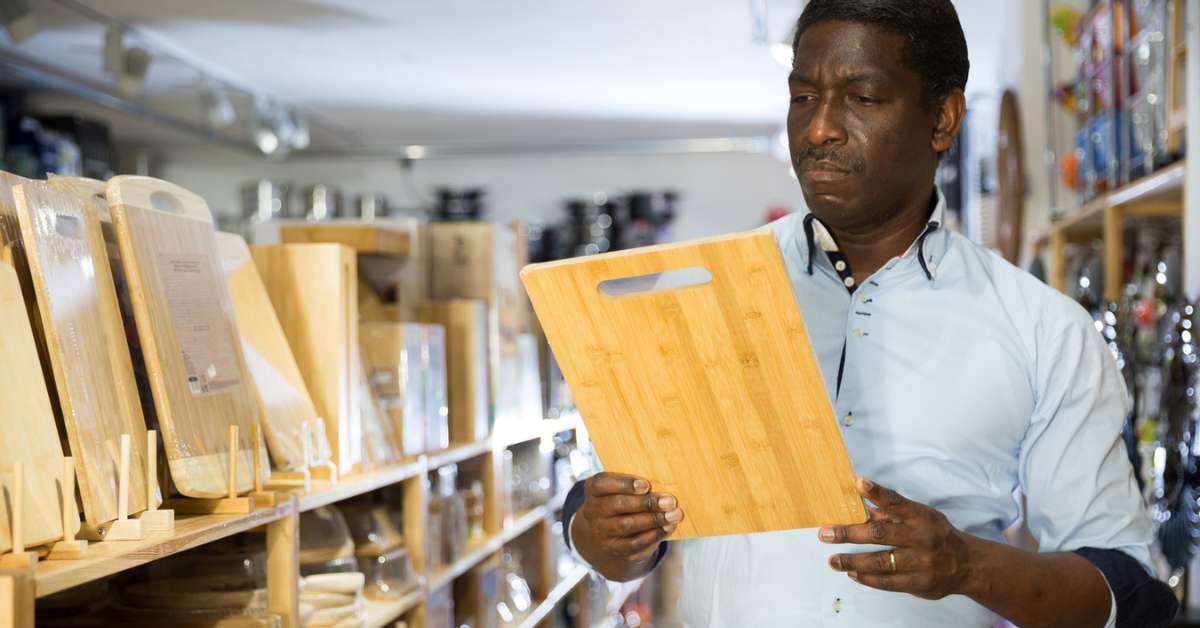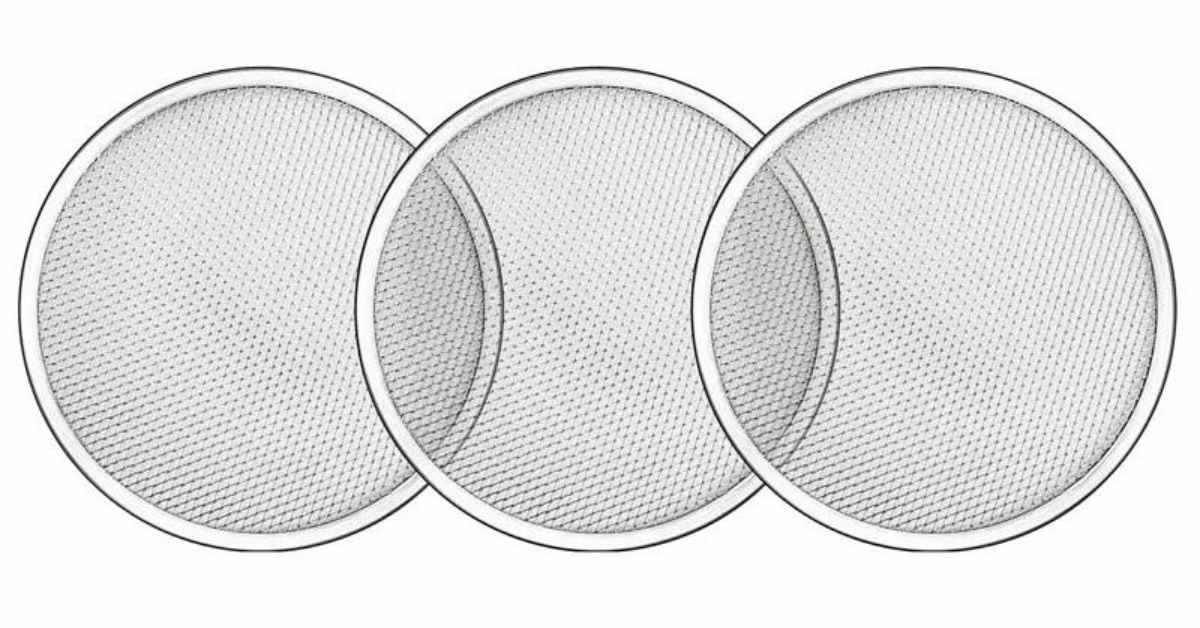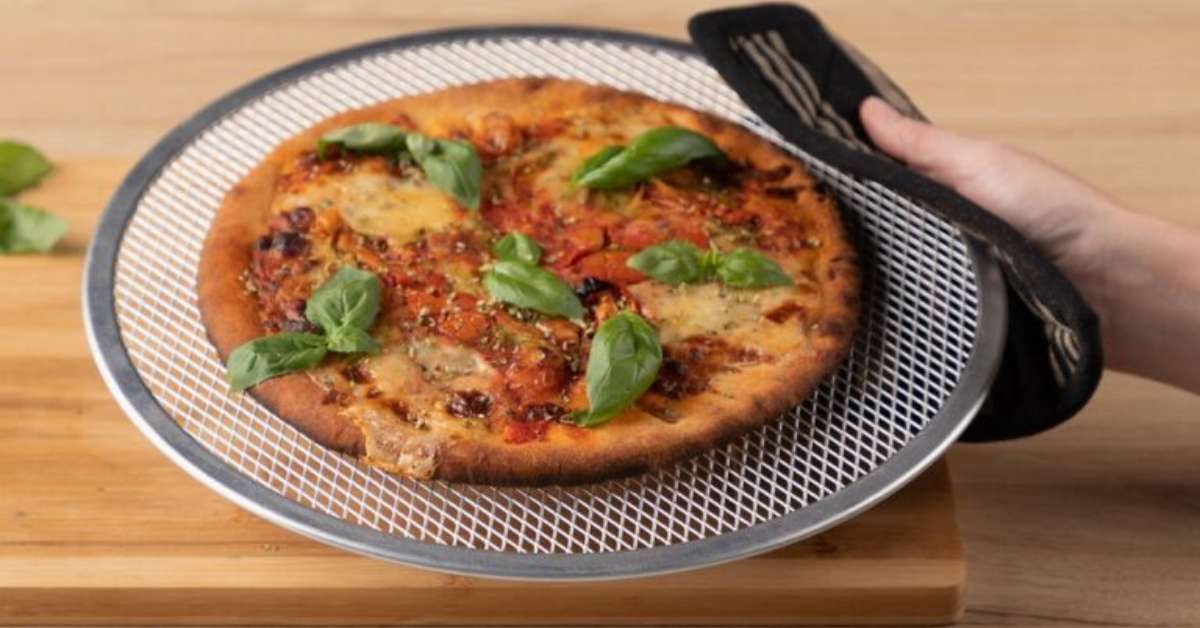Grey food trends have gained popularity in recent years, with unique and visually appealing gray-colored dishes making their way onto menus and social media feeds. From gray wedding cakes to creamy mushroom soup, there is a growing interest in incorporating shades of gray into the culinary world.
However, gray-colored food can also be perceived as distasteful, as it is often associated with mold and decay. Despite this, innovative chefs and food brands are finding ways to make gray food appealing, using natural ingredients like baobab fruit and gray squash to create delicious and visually stunning dishes.
The use of gray packaging in the food and beverage industry is also on the rise, with light gray being a popular choice. This article explores the various aspects of gray food trends and their impact on the culinary world.
Table of Contents
ToggleUnderstanding The Charcoal Craze
Charcoal has become a popular trend in the culinary world, with restaurants and home cooks alike incorporating it into their recipes. In this section, we will dive into the charcoal food trend, exploring its origins, history, and the key benefits that contribute to its popularity.
What is the charcoal food trend?
The charcoal food trend is all about infusing various dishes with activated charcoal. Activated charcoal, also known as activated carbon, is a fine black powder made from carbon-rich materials like wood, coconut shells, or peat.
When added to food and beverages, activated charcoal lends a striking black color, creating a visually appealing appearance. From black ice cream and burger buns to charcoal-infused cocktails, this trend has made its way into a wide range of culinary creations.
Origins and history of using charcoal in cooking
The use of charcoal in cooking can be traced back centuries, with its origins rooted in Asian and African cuisine. Ancient civilizations discovered its ability to enhance food flavor, preserve ingredients, and even aid in digestion.
Charcoal also played a significant role in outdoor cooking methods, such as barbecuing and grilling, due to its ability to produce high heat and impart a unique smoky flavor to meats and vegetables. Over time, the culinary uses of charcoal expanded and evolved, leading to the development of the charcoal food trend we see today.
Key benefits and reasons for its popularity
Several key benefits contribute to the popularity of the charcoal food trend:
- Visual appeal: The striking black color created by activated charcoal adds a unique and visually appealing element to dishes, making them Instagram-worthy and capturing attention.
- Detoxifying properties: Activated charcoal is known for its detoxifying properties, as it can absorb toxins and impurities from the body. This notion has led to the belief that incorporating charcoal into food can have detoxifying effects.
- Health-conscious choice: Charcoal is often associated with health and wellness, and its presence in food can be perceived as a healthier choice. Many charcoal products claim to aid in digestion and promote detoxification.
- Unique flavor profile: Charcoal-infused dishes have a distinct smoky flavor that adds depth and complexity to the overall taste. This uniqueness appeals to those who seek novel culinary experiences.
These benefits, combined with the visually striking appearance, have contributed to the widespread popularity of the charcoal food trend.
The Science Behind Charcoal In Food
Charcoal has emerged as a fascinating ingredient in the culinary world, adding a touch of novelty and intrigue to dishes. But what exactly is the science behind using charcoal in food?
In this article, we will explore the effect of charcoal on the taste and texture of food, its potential as a natural food coloring agent, and the possible health benefits and risks of consuming charcoal-infused food.
How does charcoal affect the taste and texture of food?
Charcoal can absorb impurities and toxins, making it a popular ingredient for detoxification purposes. When used in food, charcoal can help to remove unwanted flavors and odors, resulting in a cleaner and more enjoyable taste experience.
Additionally, charcoal can enhance the texture of certain foods, providing a subtle crunch and depth of flavor.
Charcoal as a natural food coloring agent
One of the unique properties of charcoal is its natural black color. This makes it an ideal ingredient for adding a dramatic and sophisticated touch to various dishes.
From black ice cream to charcoal-infused bread, chefs and food manufacturers are finding creative ways to incorporate charcoal as a natural food coloring agent. Not only does it create visually appealing plates, but it also adds an element of surprise to the dining experience.
Potential health benefits and risks of consuming charcoal-infused food
While charcoal-infused food may seem intriguing, it is important to consider the potential health benefits and risks associated with its consumption. Some studies suggest that activated charcoal may help to reduce bloating and gas, as well as aid in detoxification.
However, it is crucial to consume charcoal in moderation, as excessive consumption may lead to gastrointestinal discomfort and interfere with the absorption of certain medications.
It is also essential to note that not all charcoal products are created equal. Activated charcoal, which has been specifically processed to increase its surface area and adsorption capacity, is the preferred choice for culinary use. Always ensure that you are using food-grade activated charcoal to ensure safety and effectiveness.
Exciting Charcoal Food Innovations
Charcoal-infused drinks and cocktails
Charcoal-infused drinks and cocktails have become increasingly popular in recent years. Not only do they offer a unique visual appeal with their striking black color, but they also provide a range of health benefits. Activated charcoal, often used in these beverages, is known for its detoxifying properties.
It helps to trap toxins and chemicals, aiding in digestion and promoting overall cleansing. From charcoal lemonades to black margaritas, these innovative beverages are sure to add a touch of excitement to your next gathering.
Charcoal ice creams and desserts
If you’ve been looking for a new and unique dessert to indulge in, look no further than charcoal ice creams and desserts. These black treats not only look incredibly appealing but also offer a refreshing twist on traditional flavors.
Charcoal acts as a natural detoxifier, which makes these desserts a guilt-free pleasure. Whether it’s a charcoal-infused chocolate ice cream or a charcoal waffle cone, these creations are sure to satisfy your sweet tooth in style.
Charcoal bread and baked goods
Charcoal-infused bread and baked goods are the latest trend sweeping the culinary world. The addition of activated charcoal not only gives these baked goods a unique and striking appearance but also offers health benefits.
Charcoal is known for its ability to absorb impurities, making it a great ingredient for detoxifying baked goods. From charcoal baguettes to charcoal croissants, these innovative creations are perfect for adding a touch of elegance to your next brunch or dinner party.
Charcoal In Different Cuisines
Charcoal dishes in Asian cuisine
Asian cuisine is known for its diverse flavors and unique cooking techniques. One interesting trend that has emerged in recent years is the use of charcoal in various dishes. Charcoal is not only used for grilling but it is also incorporated into different recipes to enhance the flavors and presentation of the food.
One popular charcoal dish in Asian cuisine is ‘Charcoal-grilled Yakitori.’ It is a traditional Japanese dish made with skewered chicken pieces cooked over charcoal. The charcoal imparts a smoky flavor to the tender chicken, making it incredibly delicious.
Another example is the ‘Charcoal-fired Pork Belly’ found in Korean cuisine, where the pork belly is slow-cooked over charcoal until it becomes caramelized and succulent.
Charcoal-infused recipes in Western cuisine
While charcoal dishes are more commonly associated with Asian cuisine, it has also gained popularity in Western cooking. Chefs in the West have embraced the trend of incorporating charcoal into recipes, adding a unique and visually appealing element to their dishes.
In Western cuisine, you can find charcoal-infused recipes like ‘Charcoal Burger Buns.’ These buns are made using activated charcoal powder, giving them a distinctive black color.
This not only adds visual appeal but also provides a subtle smoky flavor to complement the burger filling. ‘Charcoal-infused Ice Cream’ is another popular treat, where the activated charcoal gives the ice cream a striking black color and a hint of earthy flavor.
Unique uses of charcoal in traditional and fusion dishes
Charcoal has found its way into both traditional and fusion dishes, offering unique culinary experiences. Chefs are experimenting with charcoal in creative ways, creating dishes that are both visually stunning and delicious.
One example is ‘Charcoal Tempura,’ a fusion dish where traditional tempura batter is infused with activated charcoal. This not only creates a visually striking contrast against the vibrant tempura vegetables or seafood but also adds a subtle smokiness to the dish.
‘Charcoal-Grilled Watermelon’ is another innovative creation where watermelon slices are lightly charred on a charcoal grill, resulting in a smoky-sweet flavor combination that is truly delightful.
Charcoal is no longer limited to grilling alone. It has become a versatile ingredient in different cuisines, adding depth of flavor and visual appeal to dishes. Whether you’re indulging in Asian or Western cuisine, don’t be surprised to find charcoal-infused recipes that will take your taste buds on an exciting journey.
How To Incorporate Charcoal In Your Cooking
Charcoal has become an increasingly popular ingredient in the culinary world thanks to its unique ability to add a smoky and earthy flavor to dishes. If you’re curious about exploring this trendy cooking technique, we’ve got you covered.
In this post, we will share some tips and tricks for using charcoal at home in cooking, recommend charcoal cooking tools and equipment, and provide creative recipes and ideas to try with charcoal.
Tips and tricks for using charcoal at home in cooking
If you’re new to cooking with charcoal, here are some tips and tricks to help you get started:
- Start with natural lump charcoal: When choosing charcoal, opt for natural lump charcoal instead of briquettes, as it burns hotter and provides a clean flavor.
- Use a charcoal chimney starter: A charcoal chimney starter is a handy tool for easily and safely lighting charcoal. Simply fill the chimney with charcoal, light a piece of newspaper underneath, and let the charcoal heat up until it’s ready for cooking.
- Create a two-zone fire: To have more control over the cooking process, create a two-zone fire by placing the charcoal on one side of the grill. This allows you to sear food over direct heat and then finish cooking it over indirect heat.
- Add flavor with wood chips: For an extra smoky taste, consider adding wood chips to the charcoal. Soak the wood chips in water for about 30 minutes before adding them to the fire.
- Experiment with different cooking techniques: Charcoal opens up a world of cooking possibilities. Try grilling, smoking, or even baking with charcoal to explore different flavors and textures.
Recommended charcoal cooking tools and equipment
To make the most out of your charcoal cooking experience, here are some essential tools and equipment to consider:
| Tool | Description |
| Charcoal grill | A charcoal grill provides the perfect setup for cooking with charcoal. Look for a model that offers adjustable vents for temperature control. |
| Charcoal chimney starter | This tool makes lighting charcoal a breeze. It ensures even and efficient ignition of charcoal, saving you time and effort. |
| Grill brush | A grill brush is a must-have for cleaning the grates of your charcoal grill. It helps remove leftover debris and ensures a clean cooking surface. |
| Wire rack | A wire rack is useful for smoking food with charcoal. It helps elevate the food and allows smoke to circulate evenly around it. |
Creative recipes and ideas to try with charcoal
If you’re looking for some inspiration, here are a few creative recipes and ideas to try using charcoal:
- Charcoal-grilled vegetables: Toss your favorite vegetables in olive oil, salt, and pepper, and grill them over charcoal for a delicious smoky flavor.
- Charcoal-smoked salmon: Season a salmon fillet with your preferred spices, then smoke it on a wire rack over charcoal for a unique and flavorful twist.
- Charcoal-infused cocktails: Use activated charcoal to create striking black cocktails by adding a pinch of charcoal powder to your favorite mixologists’ creations.
- Charcoal-grilled pizza: For a crispy and smoky pizza crust, cook your pizza dough directly on the grates of a charcoal grill.
With these tips, tools, and recipes, you’ll be well-equipped to incorporate charcoal into your cooking adventures. So, don’t be afraid to experiment and embrace the smoky, earthy flavors that charcoal brings to your dishes!
Frequently Asked Questions For Grey Food Trends
What Food Is Color Gray?
Several foods are gray, such as baobab fruit, gray wedding cake, Earl Gray cookies, gray bread, gray salt, creamy mushroom soup, sage, and Appenzeller cheese.
Why Is Grey Colored Food Unappealing?
Grey-colored food is unappealing because it is associated with images of mold, decay, and overdone or burnt goods.
What Foods Are Grey Packaging?
Light gray is the most commonly used packaging color for food items such as cookies, chocolate, soda drinks, and ice cream.
Conclusion
Grey Food Trends have gained significant popularity in recent years. This unique trend revolves around incorporating grey-colored ingredients and dishes into our meals. From grey-colored fruits like the Baobab Fruit to baked goods such as Earl Grey Cookies, there is a wide array of options to explore.
However, it is important to note that grey food is often seen as unappealing due to its association with mold and decay. This can affect our appetite negatively. Despite this, innovative chefs and food brands have found creative ways to make grey food visually appealing, using techniques like food coloring and packaging design.
The rise of grey food trends reflects our desire for novelty and experimentation in the culinary world. It challenges traditional ideas of food presentation and encourages us to think outside the box. So, if you’re looking to add a touch of excitement to your dining experience, why not consider trying some grey food recipes?
Grey food trends offer a unique and adventurous approach to culinary exploration. With the right creativity and innovation, grey-colored ingredients can turn into visually stunning and delicious dishes that captivate our senses. So, embrace the grey and embark on a culinary adventure like no other!






